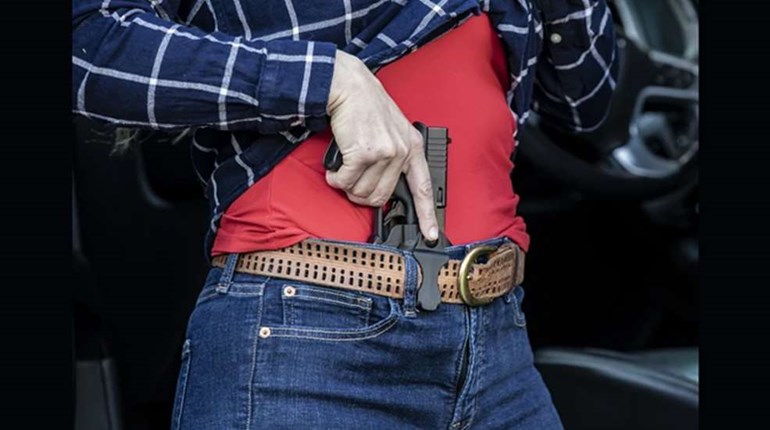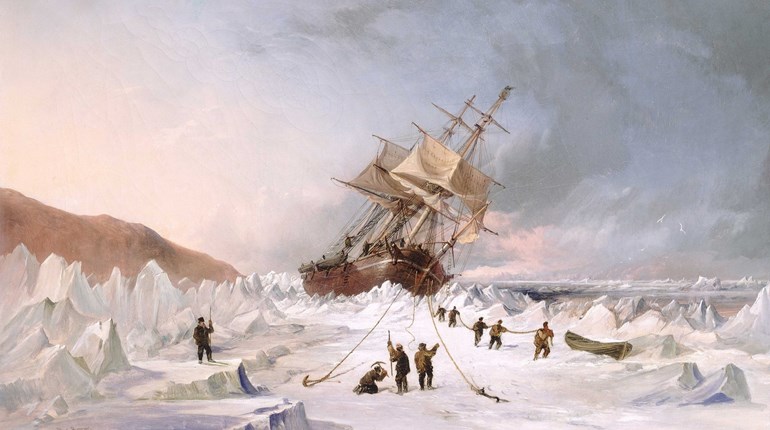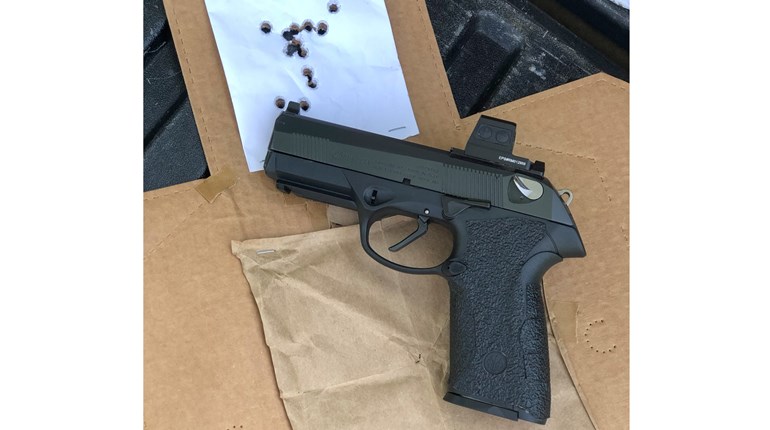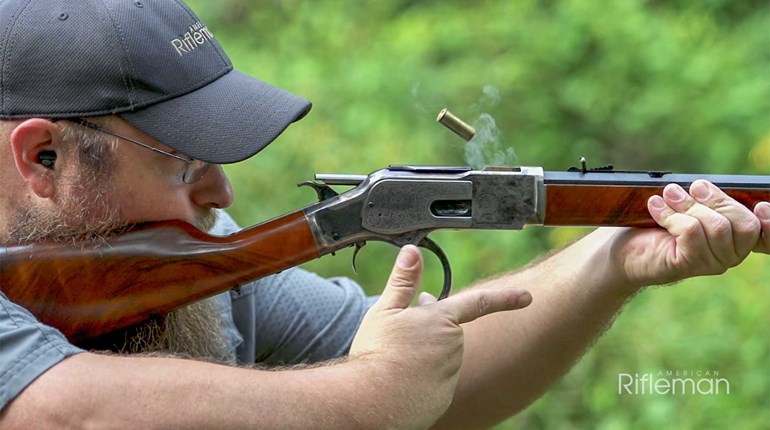
To minimize the chances of falling victim to hypothermia, first you must understand the body's reaction to the cold, as we described in Part 1. Without that knowledge, you will not be able to recognize when it's time to administer first aid, or the reasons behind some of these preventive measures.
One of the best things you can do to avoid hypothermia is to stay up-to-date on the weather report. Internet sources and smartphone apps are fine, but if you're planning an extended stay, some sort of battery-operated weather radio is a great asset.
Bear in mind, too, weather changes on a whim. So always pack extra clothing, food and supplies, and make sure someone knows your location and the time you plan on arriving back home.
Your body's internal furnace needs fuel to run, so it's important to eat a good, solid meal before venturing into the cold. That's not enough, though. Down a high-in-carbohydrate snack at least every hour to replace the extra calories required to maintain your temperature. Carry something that can be consumed while on the move-like high-energy bars or gorp-and don't bury them in the bottom of your pack. I add shelled sunflower seeds, chocolate pieces and raisins in equal proportions to a Nalgene bottle for my gorp. One rescue member I knew mixed creamy peanut butter with equal parts honey, then wheat germ and evaporated milk until the stuff was thick enough to roll into balls. He covered them with coconut flakes, creating an awesome cold-weather boost. Neither recipe is ideal, but the added protein came in handy on overnight missions.
Any time you eat, it's time to drink. The odds are good that you won't feel thirsty, but staying well-hydrated is essential to keeping your blood moving properly-especially to your fingers, nose, ears and toes. Avoid anything with caffeine, which is a diuretic and robs your body of water. Some people naively claim alcohol warms them in the cold. It's true that it may make them feel warmer, but the reason why is that it dilates surface blood vessels-increasing the speed at which heat is lost.
Dress properly for your outdoor activity, ventilate or zip up as necessary, and always wear a hat (a stocking-style cap may not be stylish, but it covers your ears nicely). Your scalp is laden with blood vessels close to the surface, so you do lose heat there. Your thermostat-e.g., your brain-is there, too, so protect it.
As for the rest of your attire, always layer. Start with long underwear (yes, both top and bottom), and ensure it's made from a material that will wick moisture and dampness away from your skin. Cotton holds sweat and robs you of heat. Silk and polypropylene are two popular alternatives.
Now you can add shirts, jackets and pants as conditions dictate. At least two layers should be atop the underwear, even three if it's very cold or if you will be sitting still for long periods of time. They don't have to be heavyweight. Remember, a tight fit can be a drawback. Looser layers allow air to be trapped between your skin and the fabric, which helps insulate you. Remember, you can always take stuff off, but if you didn't bring it in the first place, you're out of luck. If you might get immersed in water or rained on, wool is a good choice. It still insulates when it's wet.
The outer layers, top and bottom, should be waterproof, windproof and breathable to allow sweat vapor to escape. Two pairs of socks, wool, bamboo or a wicking synthetic is ideal. Boots should be waterproof, and I always go with fingerless wool gloves (to work a trigger), covered by Gore-Tex mittens. I recently added a surplus polypro neck gaiter to my arsenal, and I can't believe the difference it makes.
If you're working hard in the cold, avoid getting soaked in sweat by opening the outer jacket's armpit zippers if necessary. If that isn't enough-or you coat doesn't have them-open the front zipper slightly, adjust your hat to expose more of your head, take off an interior layer or take a breather. If you're drenched in sweat, your body will lose heat faster. Once you stop your work, however, get buttoned back up before any of the moisture inside starts to chill or freeze. If that happens, you'll be in serious trouble, fast.
Eat, drink, layer and ventilate, and you'll be surprised how easy it is to avoid most hypothermia situations. As with everything in the outdoors, a little bit of good knowledge goes a long way.







































